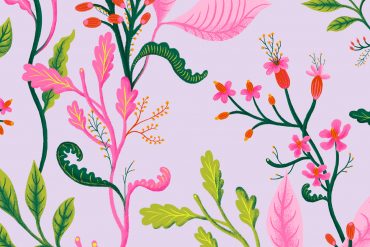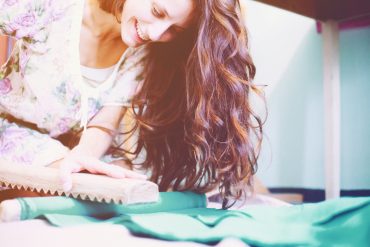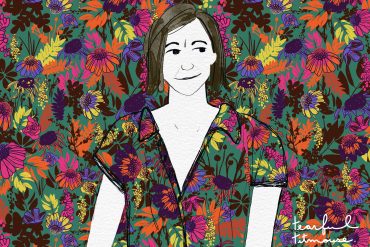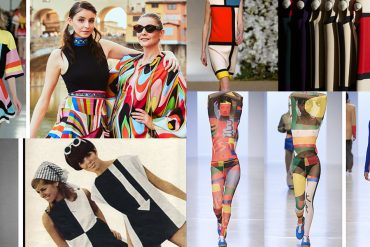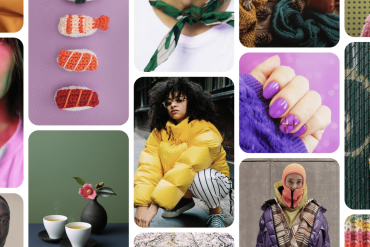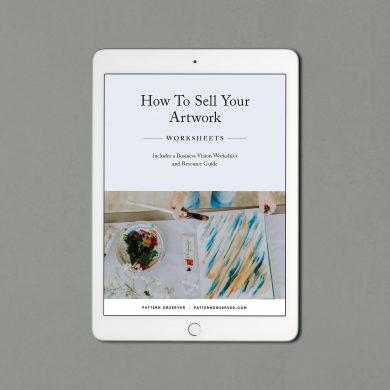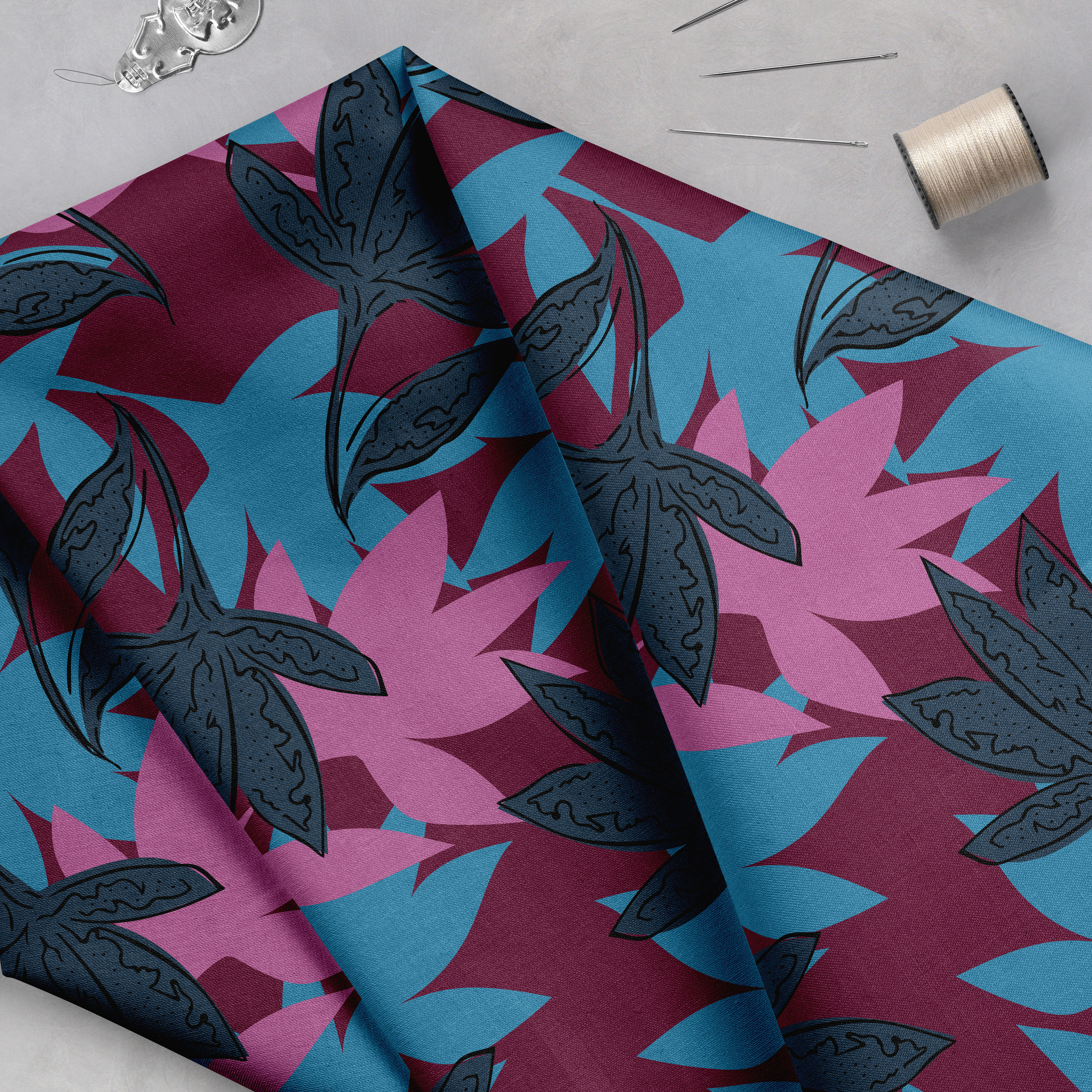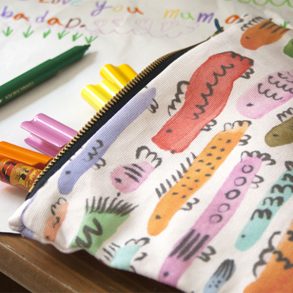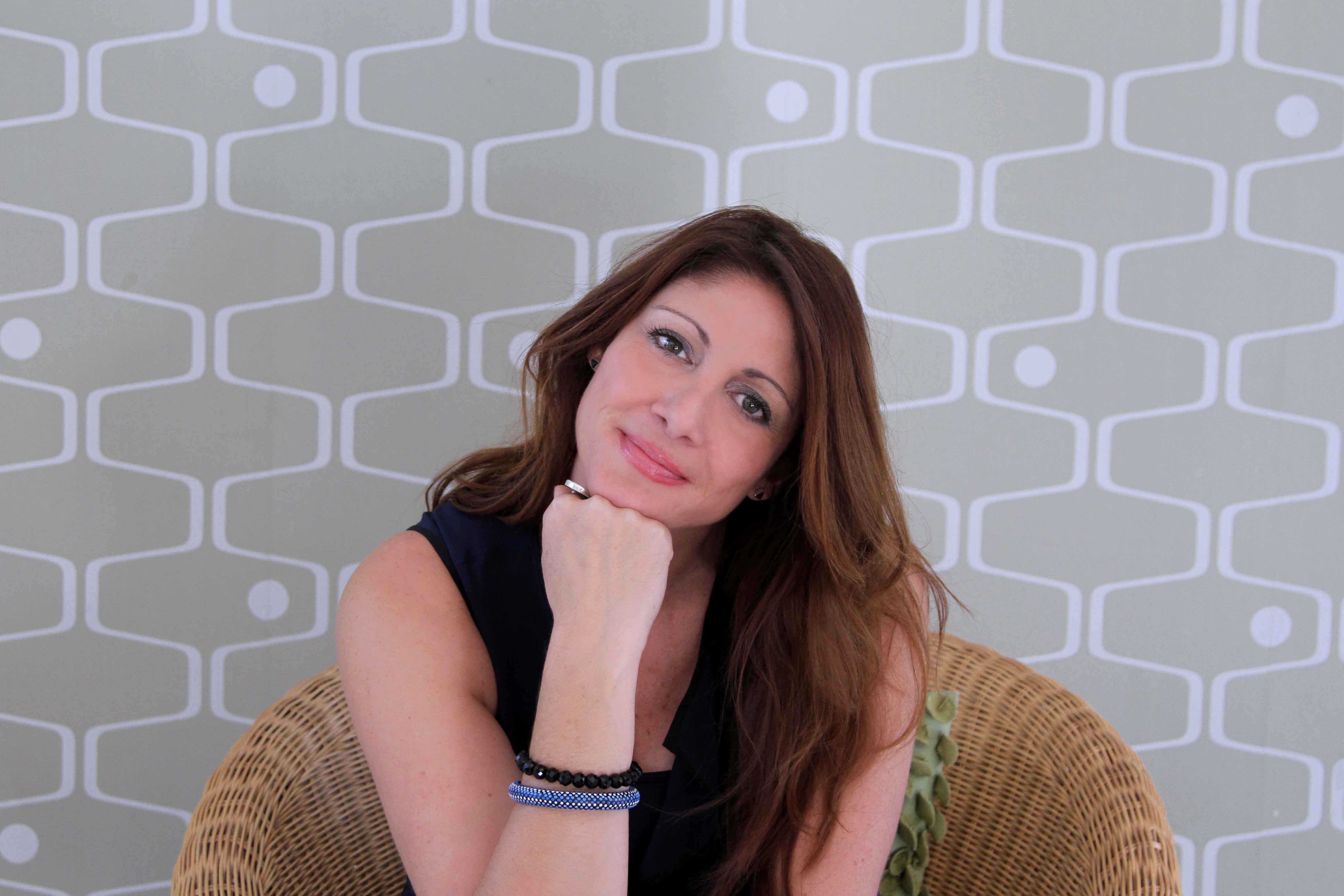
In today’s excerpt from her 19-page training PDF, Suzie discusses aspects of her journey with her Suzie Qu product line, such as choosing a print method for her fabrics. In the full version available in The Textile Design Lab Suzie goes into greater depth on how she chooses the layouts of her prints on her products, things to take into account when pricing a product, and touches on ways of promoting your brand. We hope you enjoy this free excerpt!
Since studying and working in London I have had a great interest in surface pattern design and product or clothing working together as one; this is probably one of the reasons why my path has pulled me in this direction of hand crafted goods.
Where you start on your journey of designing, brand building or product making and where it takes you can change, and the best way to be good at what you do is to practise it.
This tutorial will be touching on my journey through some of the fundamentals that need to be considered when putting designs together, and putting product into production and processes you come across.
Introduction
When having the studio built in 2010 the focus was on surface pattern design. A brand (Suzie Qu) and the rest would follow. I knew my starting point was to make a collection of designs for Suzie Qu.
Having the designs is a product in itself.
But where do you go from here?
How are you going to produce your designs onto fabric?
Print Process
Wet printing or digital printing–these are your main two options.
Digital here in South Africa is still fairly expensive and there is little competition with only a very few companies printing on natural cloth.
If you decide to try some of your designs with digital printed fabric a suggestion would be to try the same design in different colour ways in A4/A3 sizes as well as some of your other designs–you can have many samples on one meter of fabric. Also trying a couple of different fabric base cloths is a good idea as this can also make quite a large impact on your end design.
Starting a fabric collection is something to consider carefully as it can be an expensive avenue to take, but if you are extremely interested in going down this path a good way to subsidise the costs is to design for private clients.
I would like to stress that if you are considering putting your designs onto fabric it is a huge plus point if you are situated near to a print house for various reasons from sampling to roller bed manufacturing.
Monitoring the printing process done by a print company is almost essential, especially for quality purposes. Many textile designers have conveyed this as an issue that you have to be particularly aware of.
This wasn’t a possibility for me.
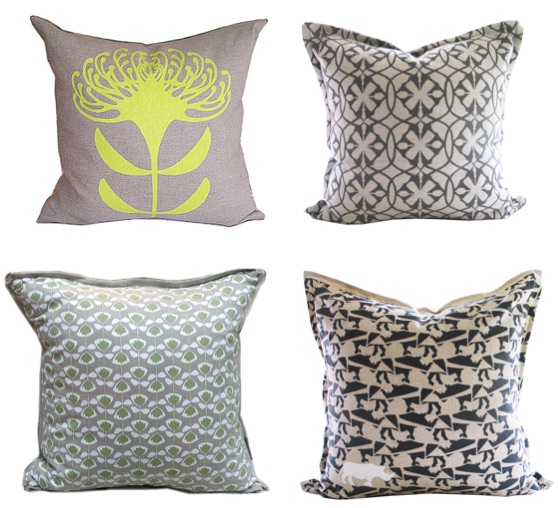
Suzie Qu launched with fabric samples. Tracy, a marketing friend, helped by guiding me on having a small launch which worked extremely well. It gives you a goal, a deadline to work, an end as well as a beginning. The general public, interior designers & retailers bought the fabric I was printing but the biggest problem was printing meters. The set up I had made was not suitable for this type of production which made the decision to print cushions and panels instead. It was controllable and a better turnaround time for clients.
One of the advantages of having a printing space is you can easily try different colour ways in your designs and get the most amazing combinations of colour hues which can make your design even more sellable–colour is an extremely important process for the success of a design, and trying this process freely is great.
Download your free excerpt of Suzie’s training here to continue reading about her experience launching her product line. You can access the full 19-page training and all of our Textile Design Lab courses and members-only content by joining today.




